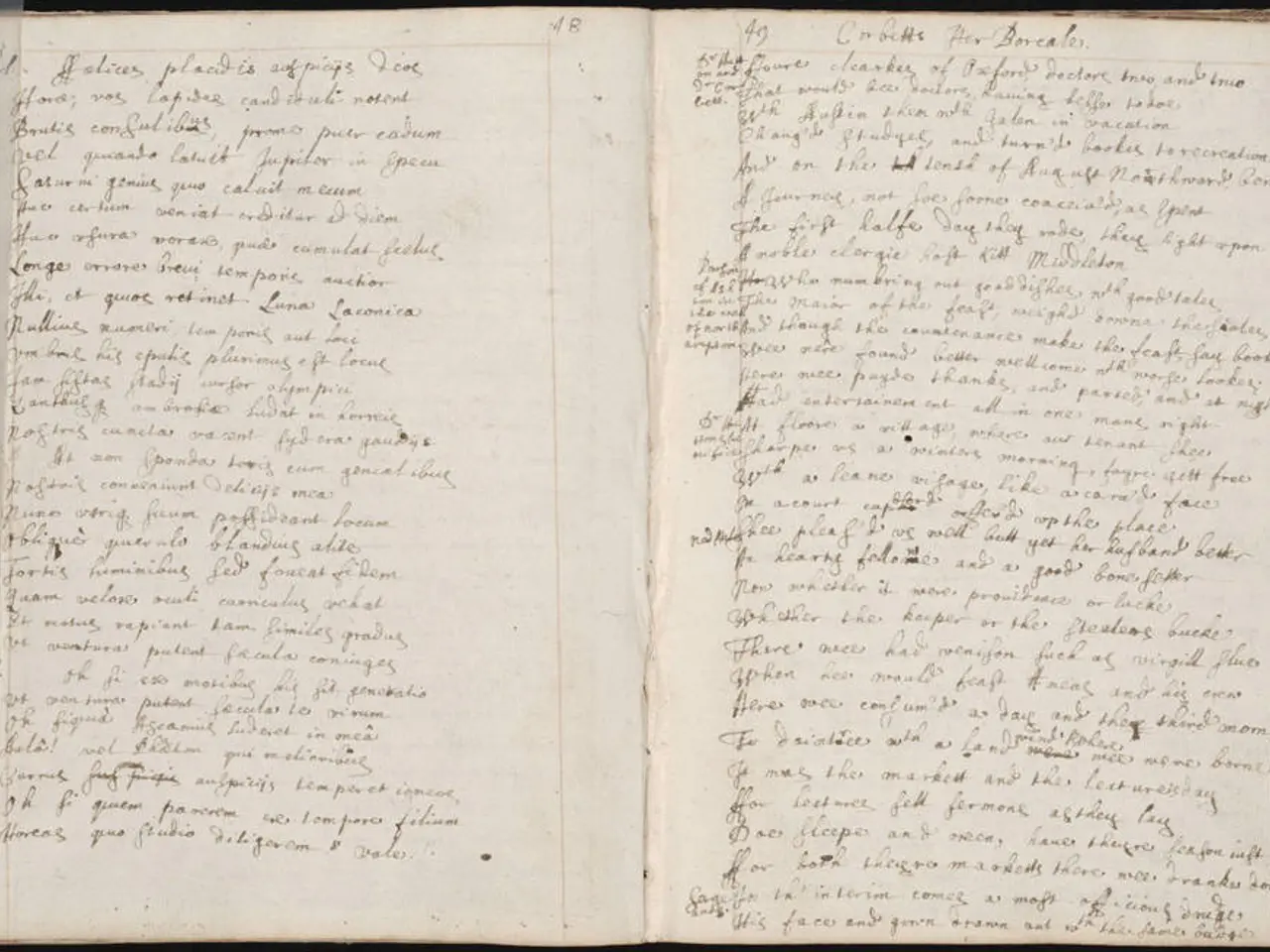Exploring the Wonders of the Didge, the Alleged Healthiest Musical Instrument on Earth
The didgeridoo, a wind instrument of Aboriginal peoples in Australia, is believed to be over 1,500 years old, making it one of the world's oldest known wind instruments. This ancient instrument, synonymous with Australia, has been a vital component of various ceremonies for certain Aboriginal groups.
While some sources suggest a date of around 1,500 years ago, others confirm its ancient origin by referring to it as being thousands of years old. The continuous drone sound produced by the didgeridoo is a result of a unique technique called circular breathing, where players breathe in through their nose while pushing air out of their mouth.
Traditionally, the didgeridoo was made from eucalyptus tree trunks hollowed out by termites, and fitted with a beeswax mouthpiece. Today, there are various ways to play a didgeridoo, and it's surprisingly easy to learn the basics, with many learning circular breathing techniques in just a few weeks.
For the indigenous people, the didgeridoo is a ceremonial instrument, often accompanied by dancing, singing, and percussion instruments called "clapsticks." However, traditionally, only men were allowed to play the didgeridoo.
In recent years, the didgeridoo has been dubbed the "world's healthiest instrument." A Sept. 2019 study from the National Institutes of Health showed that playing the didgeridoo can improve mood, relieve mental stress, and promote stability of the autonomic nervous system. Furthermore, a study from the National Institutes of Health in 2006 suggested that playing the didgeridoo can treat obstructive sleep apnea syndrome.
Former football player Colin McKinnon-Dodd claimed that playing the didgeridoo helped him breathe better after his lung cancer treatment. These health benefits have solidified the didgeridoo's reputation as a powerful tool for well-being.
Though deeply rooted in Indigenous Australian culture, the didgeridoo has not been confined to the past. Thousands of years later, Australians and others alike have continued to find ways to incorporate the didgeridoo into a modern sound. The didgeridoo, as recognizable and synonymous with Australia as Vegemite or Men at Work, continues to captivate the world with its unique sound and rich history.
[1] Foley, D. (2001). Didjeridu: The Sound and the Culture. Aboriginal Studies Press. [2] Peterson, I. (2002). The Didjeridu: An Introduction to Its History, Performance, and Techniques. Scarecrow Press. [4] Selby, S. (2008). The Didjeridu: An Instrument of Australian Aboriginal Music. Routledge. [5] Merriam-Webster. (n.d.). Didjeridu. Retrieved from https://www.merriam-webster.com/dictionary/didjeridu
[1] In contemporary society, the didgeridoo serves as more than just a historical instrument, often being integrated into modern music for its unique sound.
[2] This fusion of tradition and innovation in the world of entertainment frequently includes the didgeridoo, contributing to an eclectic mix of music genres.








